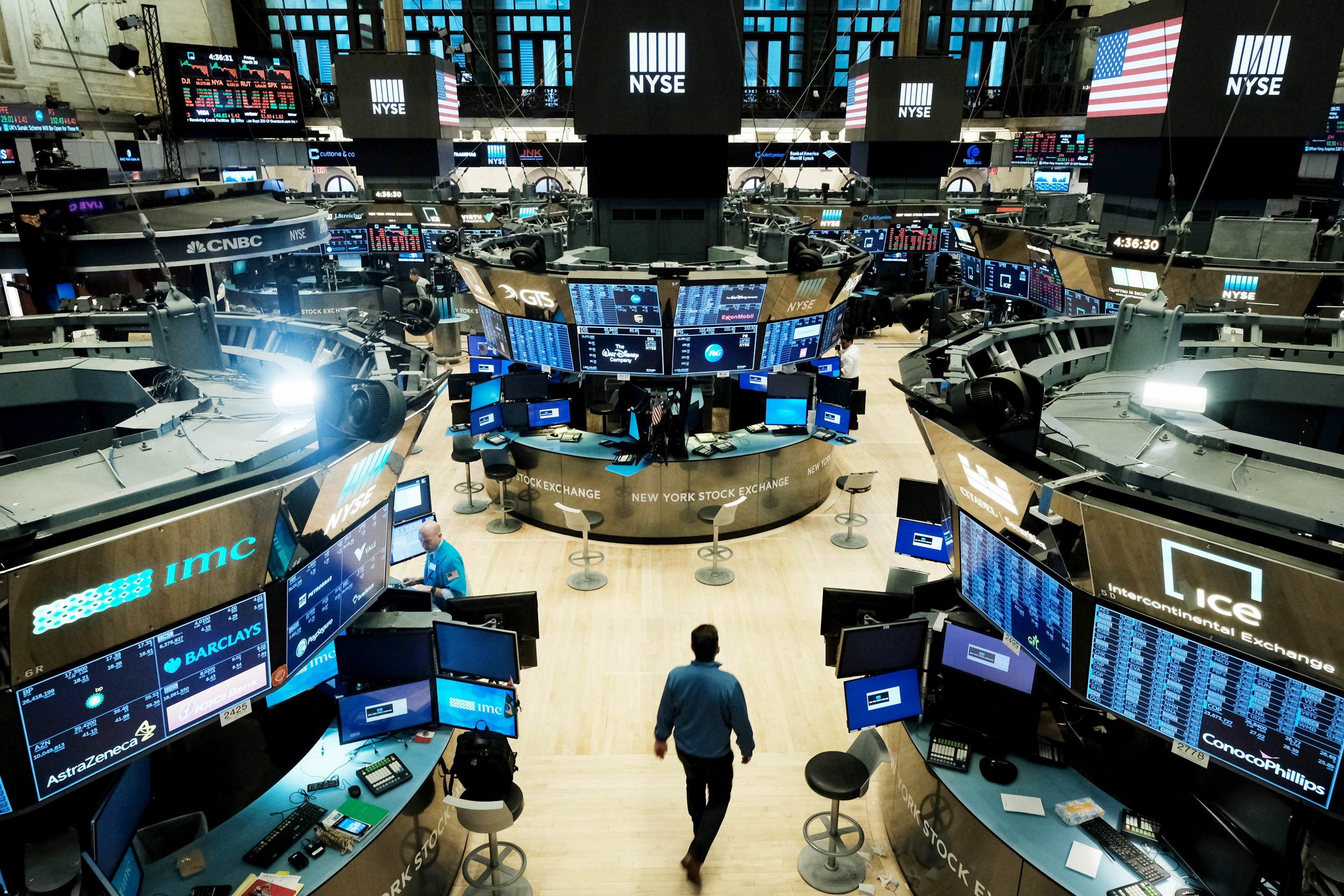Wall Street stocks faced a modest decline on Tuesday as traders resumed activity after an extended weekend, grappling with a new set of challenges exacerbated by surging oil prices hitting a year-high and concerning data revealing that China’s economy has yet to fully rebound. The S&P 500 Index fell by 0.4%, while the Dow Jones Industrial Average slipped by 0.6%. Meanwhile, the NASDAQ Composite, primarily composed of tech stocks, narrowly avoided a loss, closing just below the flatline. This reversal followed a week of gains for the market, with the S&P 500 reaching its highest level since June, fueled by optimism that the Federal Reserve might delay its interest rate hike plans in September.
Tuesday’s trading session also brought news of China’s services sector activity hitting an eight-month low, underscoring the ongoing struggles of the world’s second-largest economy. Simultaneously, West Texas Intermediate crude oil surged to almost $87 per barrel, the highest level since November 2022. In light of these developments, analysts at Goldman Sachs revised down their estimates of a potential U.S. recession. They argued that moderating inflation and a robust labor market were making a severe economic slowdown increasingly improbable.
The upcoming week appears relatively light on earnings reports and economic updates, placing the spotlight squarely on the Federal Reserve as investors seek to gauge the subtler forces at play in the markets. Historically, September has been a challenging month for stocks, but some experts have offered reasons for cautious optimism, citing advancements in technology and the eagerly anticipated launch of Apple’s latest iPhone.
Despite the recent market fluctuations, the outlook for the week ahead remains uncertain, with a multitude of factors influencing investor sentiment. As traders continue to navigate these challenges, the broader economic landscape remains a critical focal point.
The decline in major indices on Wall Street on Tuesday reflects the market’s vulnerability to external factors, including rising oil prices and concerns about China’s economic health. While the S&P 500 and Dow Jones saw moderate declines, the NASDAQ Composite managed to tread water, driven by the resilience of its tech-heavy components.
China’s economic woes took center stage as data revealed a sharp decline in the country’s services sector activity, hitting its lowest point in eight months. This decline raises questions about the sustainability of China’s recovery and its potential ripple effects on the global economy.
Concurrently, the surge in West Texas Intermediate crude oil prices to nearly $87 per barrel marked a significant development. The last time oil prices reached this level was in November 2022. Such a steep increase in oil prices could have implications for inflation and economic growth, prompting investors to reassess their positions.
Goldman Sachs analysts provided a glimmer of optimism amidst these challenges. They noted that cooling inflation and a robust labor market in the United States made a severe economic slowdown less likely. This perspective offered some reassurance to investors wary of the recent market fluctuations.
Looking ahead, the week promises to be relatively quiet in terms of earnings reports and economic data releases. As a result, the Federal Reserve’s actions and statements will remain in focus. Investors are closely monitoring any signals from the central bank regarding its stance on interest rates, as this could significantly impact market dynamics in the coming months.
September historically poses challenges for the stock market, but experts have identified potential sources of optimism, such as technological advancements and the eagerly anticipated launch of Apple’s new iPhone. Nevertheless, as the week unfolds, the stock market’s reaction to these various influences will continue to shape the narrative, leaving investors and analysts alike eager to see what lies ahead.
Source: Yahoo Finance



